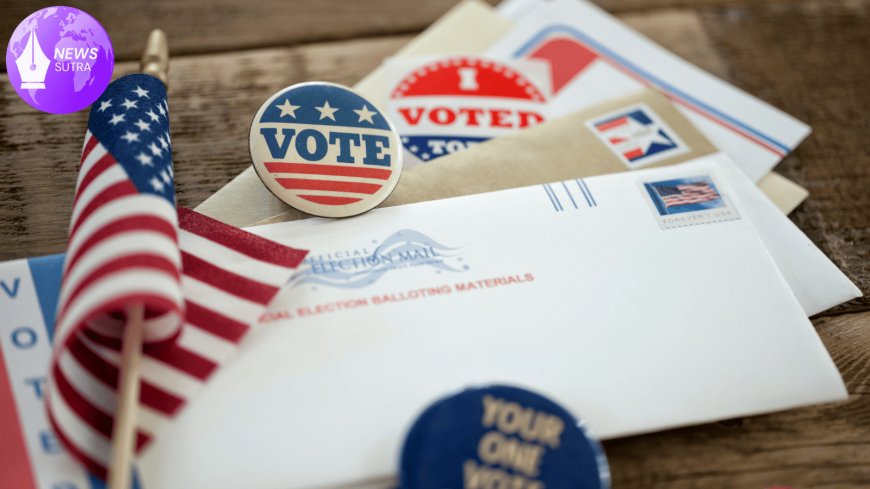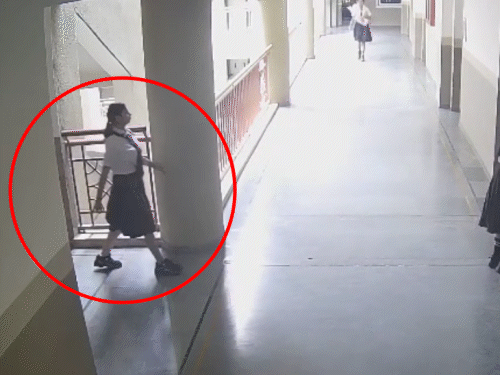Trump Targets Mail-In Voting and Voting Machines: Announces Executive Order Plan
On August 18, 2025, President Trump announced a plan to eliminate mail-in voting and sign an executive order targeting inaccurate voting machines, citing election fraud concerns.

Washington, D.C. — Monday, August 18, 2025 — President Donald Trump announced a nationwide initiative to eliminate mail-in voting, citing concerns over alleged election fraud, and indicated plans to sign an executive order targeting “inaccurate” voting machines. The announcement marks a significant policy move with major implications for the 2026 midterm elections and the administration’s approach to election security.
Trump made the announcement during a press briefing at the White House, emphasizing the need to ensure “transparent and secure elections” across the United States.
Details of the Proposed Executive Order
According to statements released by the White House on August 18, 2025, the executive order will:
-
Phase out mail-in voting by requiring states to implement in-person voter registration verification.
-
Audit electronic voting machines for accuracy and mandate federal oversight of any systems found to be defective.
-
Provide guidance for states to adopt uniform voting standards, aimed at preventing discrepancies and alleged manipulation.
While the administration claims that these measures are designed to protect electoral integrity, critics argue that eliminating mail-in voting could disproportionately affect certain voter groups, including seniors, people with disabilities, and citizens living abroad.
Political Reactions
Democrats have voiced immediate concern, warning that the proposed executive order could restrict voter access and undermine democratic processes. Representative Sarah Johnson (D-NY) stated on Monday, August 18, 2025: “Eliminating mail-in voting and targeting voting machines threatens the fundamental right to vote. These measures appear to be politically motivated rather than focused on election security.”
Republican allies, however, have largely supported Trump’s plan, emphasizing the need to restore confidence in the integrity of elections. Party officials argue that federal oversight of voting machines and stricter verification processes are necessary to prevent future controversies.
Legal and Technical Implications
Election law experts note that the proposed executive order could face legal challenges, as federal authority over state-administered elections is limited. According to Brennan Center for Justice, any attempt to eliminate mail-in voting nationwide may prompt lawsuits from states and civil rights organizations seeking to protect voter access.
Additionally, auditing and regulating voting machines may involve complex technical and logistical hurdles. Experts warn that implementing nationwide machine inspections and uniform standards could require substantial federal resources and cooperation from state election boards.
Broader Context
The announcement comes amid ongoing national debates over election security, voting rights, and the use of technology in electoral processes. Critics argue that mail-in voting has historically demonstrated high levels of accuracy and security, while supporters of Trump’s plan contend that tighter controls are essential for preventing alleged fraud.
Historically, studies referenced by The National Association of Secretaries of State indicate that instances of widespread voter fraud are extremely rare, raising questions about the proportionality and necessity of a federal executive order targeting mail-in voting and voting machines.
Looking Ahead
The next steps will involve formal drafting of the executive order, coordination with federal agencies, and public dissemination of guidelines for states. Legal challenges are anticipated, which could delay or modify the implementation.
Election analysts predict that this initiative will intensify political polarization, stimulate national debates over voting rights, and influence campaigns and voter turnout strategies ahead of the 2026 midterms.
What's Your Reaction?
 Like
0
Like
0
 Dislike
0
Dislike
0
 Love
0
Love
0
 Funny
0
Funny
0
 Angry
0
Angry
0
 Sad
0
Sad
0
 Wow
0
Wow
0







































































